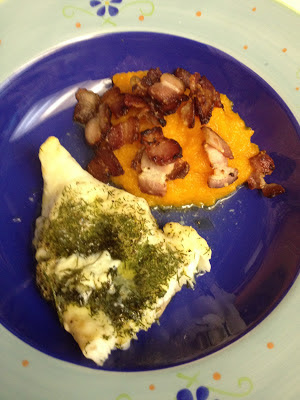Bet you thought I forgot about this column, eh?
To the contrary, it is just that nothing much has been going on in the old microfarm. As you can see below, the past two months have brought no harvests (although I am eagerly anticipating pulling some leeks that have overwintered in the cold frame), and I have placed my main seed order for the year. So, we are starting out the year as many businesses do: in the red. I'm sure that will change quickly.
Things I'll be doing differently this year:
- I've improved the spreadsheet for my own sanity. As you can see below, I finally wised up and will be counting my harvest values in price per ounce. I will also have weight and value columns for each veggie (or each variety, in some cases) so I can track the best performers.
- I'm back to some of my old favorites. Namely, it is back to the Burpee Picklers and Straight Eight cucumbers. Bread and butter pickles, here we come!
- I am returning to my traditional practice of buying mostly tomato plants, rather than starting them from seed. The past two years I have grown mainly from seed, and I really think that plants would have worked better with the variable weather we've been having. Specifically, I think the plants are generally a bit older and better established at planting time than I can get mine when started from seed, and I need them to be able to set fruit before any late June/early July hot spells make it too hot for them to blossom. The order you see below includes about 12 plants, and I will be buying more at the greenhouse, along with starting a few from seed and nurturing the ever-prolific volunteers.
- More squashes! Since we do such a good job with our squashes, and since the winter variety store so well in our lower level, I will be growing more squashes and a wider range of types.





